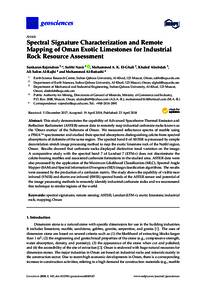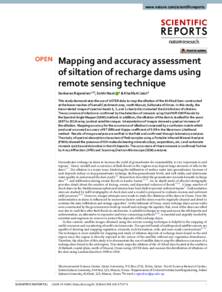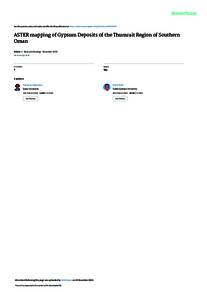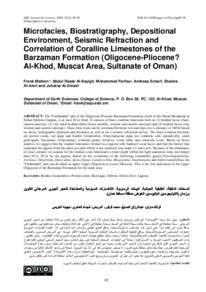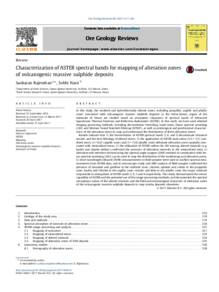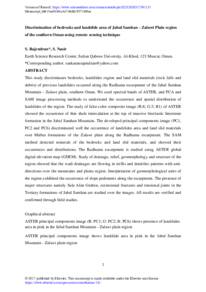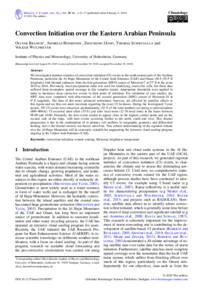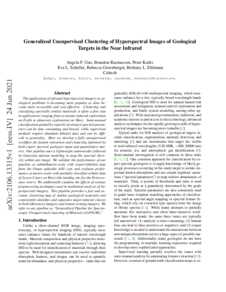Document
Spectral signature characterization and remote mapping of Oman exotic limestones for industrial rock resource assessment.
Identifier
DOI: 10.3390/geosciences8040145
Source
Geosciences (Switzerland). v. 8, 4, 145
Contributors
Nasir, Sobhi., Author
El-Ghali, Mohammed A. K., Author
Alzebdah, Khaled., Author
Al-Rajhi, Ali Salim., Author
Al-Battashi, Mohammed., Author
Country
Switzerland
Publisher
MDPI AG.
Gregorian
2018-04-23
Language
English
Subject
English abstract
This study demonstrates the capability of Advanced Spaceborne Thermal Emission and Reflection Radiometer (ASTER) sensor data to remotely map industrial carbonate rocks known as the ‘Oman exotics’ of the Sultanate of Oman. We measured reflectance spectra of marble using a PIMA™ spectrometer and studied their spectral absorptions distinguishing calcite from spectral absorptions of dolomite of the same region. The spectral band 8 of ASTER is processed by simple decorrelation stretch image processing method to map the exotic limestone rock of the Nakhl region, Oman. Results showed that carbonate rocks displayed distinctive tonal variation on the image. A comparative study with the spectral band 7 of Landsat 7 (ETM+) does not discriminate the calcite-bearing marbles and associated carbonate formations in the studied area. ASTER data were also processed by the application of the Maximum Likelihood Classification (MLC), Spectral Angle Mapper (SAM) and Spectral Information Divergence (SID) image classification algorithms. The results were assessed by the production of a confusion matrix. The study shows the capability of visible near infrared (VNIR) and shortwave infrared (SWIR) spectral bands of the ASTER sensor and potential of the image processing methods to remotely identify industrial carbonate rocks and we recommend this technique to similar regions of the world.
ISSN
2076-3263
Resource URL
Category
Journal articles

